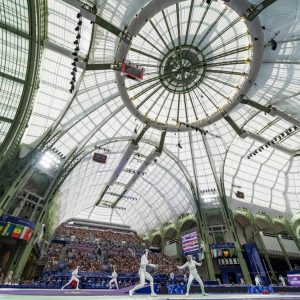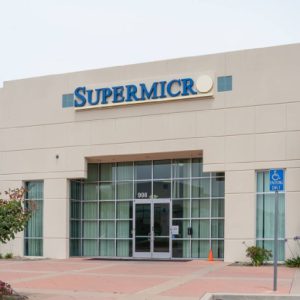
Google Cloud is to expand the number of AI products and services available through its Vertex AI platform. This includes the launch of Duet AI, a new coding assistant that works across chat, within the Cloud Console and in an integrated development environment (IDE) of choice. Other updates announced at the company’s Google I/O developer confernce include a trio of new foundation models covering code, images and voice applications.

The company has been working hard to commercialise its array of foundation and generative AI models since the surprising success of OpenAI’s ChatGPT in November last year. Google has been developing AI models for more than a decade, including foundation and generative models but had been resistant to launch them publicly. That was until ChatGPT’s success sparked Microsoft, Salesforce and others to pivot to include generative AI in their own products.
It launched Bard, a large language model powered chatbot earlier this year, rolled out foundation AI models to Google Cloud through its Vertex AI platform and started a slow rollout of generative AI within some Workspace products. The latest update takes that to a new level, bringing generative AI across the product range.
Duet appears to be the Google equivalent to Microsoft Copilot, announced last month as a generative AI assistant within Microsoft 365 and other products. It will be built into Google Workspace, bringing generative AI to Gmail, Sheets, Meet, Slides and Docs.
This will include the ability to create visuals in Slides from a few words, having images and other elements generated by the AI tool. Sheets is also getting Duet with analytical capacities, including offering up choices for acting on data and automating classifications.
Duet AI and Google’s new models
In Google Cloud more widely, Duet will be used to refer to a new collaborative coding tool. It “serves as an expert pair programmer and assists cloud users with contextual code completion, offering suggestions tuned to a customer’s code base, generating entire functions in real time, and assisting with code reviews and inspections,” the company said.
Vertex is also getting an update, adding three new foundation models accessible through an API or through the Generative AI Studio. This includes Codey, a text-to-code model that can be embedded in an SDK to help a developer with code completion. Imagen is the text-to-image model for generative studio grade images and Chirp is the speech-to-text model that can be used for live translation across multiple models or with text-to-speech models for voice assistants.
There is a new embeddings API for both text and images that can help developers create recommendation engines, classifiers and other applications that require a semantic understanding of content, as well as mechanisms for reinforcement learning with human feedback. This allows for fine tuning and prompt design capabilities with humans in the loop.
Google Cloud says a number of companies are already using Vertex AI and the various models including Canva, Uber and Wendy’s to create content and organisation information.
“Underpinning all of these innovations is our AI-optimized infrastructure,” said Google Cloud CEO Thomas Kurian. “We provide the widest choice of compute options among leading cloud providers and are excited to continue to build them out with the introduction of new A3 virtual machines based on Nvidia’s H100 GPU. These VMs, alongside the recently announced G2 VMs, offer a comprehensive range of GPU power for training and serving AI models.”
Google Cloud is also rolling out a new generation of A3 GPU supercomputers. This includes GPU options specific to training and inference of machine learning models. Built on Nvidia H100 Tensor Core GPUs, Google says they are “purpose-built for performance and scale.” This follows similar moves by AWS and Microsoft to roll-out and expand purpose-built AI GPUs for training models.






